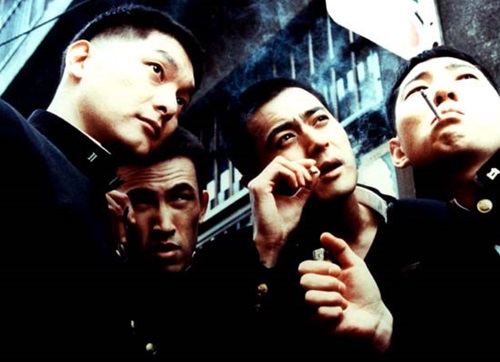The Importance of Age and Hierarchy in Korean Relationships: Understanding the "Hyung-Dongsaeng" Dynamic
The Importance of Age and Hierarchy in Korean Relationships: Understanding the "Hyung-Dongsaeng" Dynamic
Introduction
South Korea's rich cultural heritage places significant importance on respect and hierarchy, particularly when it comes to age. The terms "Hyung" (형) and "Dongsaeng" (동생) are commonly used to describe relationships between older and younger individuals, reflecting the deep-rooted traditions of age-based respect in Korean society. In this blog, we’ll explore why age is so important in Korean culture, how the hyung-dongsaeng dynamic works, and its influence on everyday interactions.
1. Why Age Matters in Korean Culture
Age plays a central role in South Korea's social structure due to the influence of Confucianism, which emphasizes respect for elders and clear hierarchical relationships.
- Respect for Elders: Older individuals are seen as sources of wisdom and guidance, and younger people are expected to show deference.
- Social Order: Hierarchy based on age ensures harmony and structure in relationships, minimizing conflicts.
- Shared Birth Year: People born in the same year are considered equals (chingu, 친구), regardless of exact age, creating distinct peer groups.
2. The Hyung-Dongsaeng Dynamic Explained
The hyung-dongsaeng relationship is a cornerstone of Korean social interactions, especially among men. It is based on age, with distinct roles and expectations:
-
Hyung (형): Refers to an older brother or a close older male friend.
- Role: A hyung is seen as a mentor or protector who provides guidance and takes responsibility in the relationship.
- Behavior: Hyungs often pay for meals, offer advice, and act as a supportive figure.
-
Dongsaeng (동생): Refers to a younger sibling or a younger friend.
- Role: A dongsaeng is expected to show respect and follow the lead of their hyung.
- Behavior: Dongsaengs typically use polite language and look up to their hyung for advice.
Note: Similar terms exist for women, such as unnie (언니) for older sisters and oppa (오빠) for older brothers, but the hyung-dongsaeng bond is particularly strong among men.
3. Everyday Examples of Age-Based Respect
The age hierarchy influences various aspects of life in South Korea:
- Language: Politeness levels in the Korean language, such as formal (jondaetmal, 존댓말) and casual speech (banmal, 반말), depend on the age and status of the individuals.
- Dining Etiquette: The oldest person typically starts eating first, and younger individuals often pour drinks for their elders.
- Workplace Dynamics: Even in professional settings, seniority often corresponds to age, with younger employees showing deference to older colleagues.
4. Challenges of the Age-Based System
While the hyung-dongsaeng dynamic fosters respect and order, it can also create challenges:
- Pressure to Conform: Younger individuals may feel obligated to follow their elders, even when they disagree.
- Rigid Hierarchies: Age-based relationships can sometimes hinder open communication and equal collaboration.
- Generational Gaps: Differences in values between older and younger generations may lead to misunderstandings.
5. Modern Changes in Age Hierarchy
As South Korea modernizes, attitudes toward age-based hierarchies are gradually evolving:
- Friendlier Relationships: Younger generations are embracing more casual interactions with older individuals, particularly in international or urban settings.
- Global Influence: Exposure to Western cultures has led to less rigid enforcement of traditional age roles in certain contexts.
- Social Media: Platforms like Instagram and YouTube allow people of all ages to connect without emphasizing hierarchical differences.
6. Tips for Navigating Age Dynamics in Korea
- Learn Key Terms: Understanding words like hyung, dongsaeng, oppa, and unnie helps build rapport.
- Use Polite Language: Start with formal speech (jondaetmal) until invited to use casual speech (banmal).
- Observe and Adapt: Follow social cues to determine how to interact with people of different ages.
- Show Respect: Small gestures, such as bowing or pouring drinks, go a long way in showing consideration.
Conclusion
The hyung-dongsaeng dynamic reflects South Korea’s rich tradition of respect and hierarchy, fostering strong bonds between individuals. While this age-based system can present challenges, it also serves as a foundation for harmony and mutual support in Korean society. As modern influences reshape traditional practices, the essence of respect remains central to relationships in Korea.
Call to Action
Have you experienced the hyung-dongsaeng dynamic in South Korea? Share your thoughts or stories in the comments below! For more insights into Korean culture and society, follow this blog.




Comments